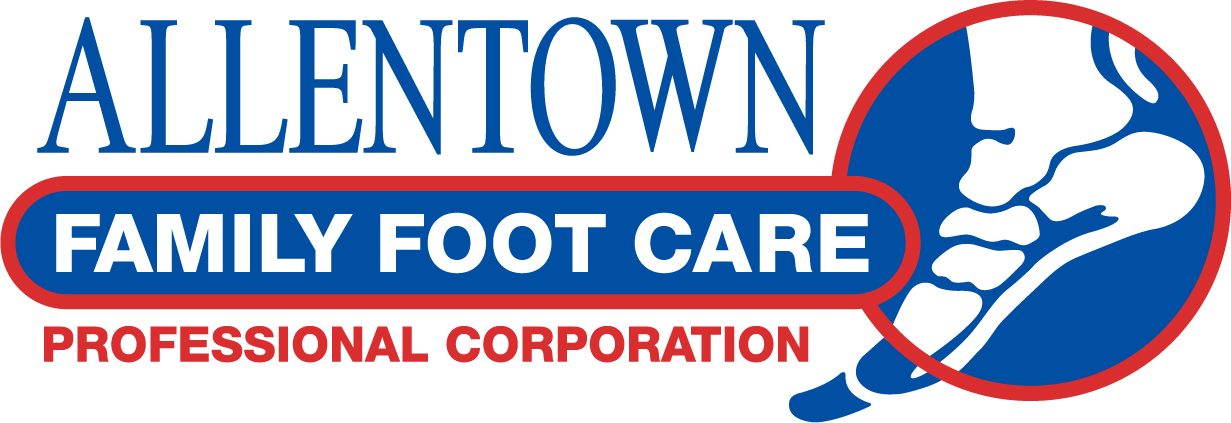After this long winter I am sure you are dreaming of laying on the beach, having the sun hit your face and feeling the warm sand between your toes. While on the beach, have you even noticed your foot prints in the sand? Some footprints have just the toes, ball of foot and heel visible while others look like a flat pancake with no visible arch. Footprints can tell us a lot about the foot structure and potential for foot pathology. There are even specialists that analyze foot prints and shoewear patterns to help solve crimes. Footprints give us lots of information about how your foot works while you walk and can help us predict how your foot will function over your lifetime.
A person with a higher arch shows just the toes, ball of foot and heel on a footprint (cavus foot or underpronator). This foot type is prone to stress fractures, ankle, knee, hip and back pain as the shock from the ground reverberates up the heel and the leg to the lower back. This foot structure is also prone to hammertoes and arthritis throughout the midfoot. This foot structure does best with a cushioned type shoe (running style sneaker) and custom insert to relieve the stress on the ball of the foot and the heel and reduce the shock to the remainder of the lower extremity joints thereby relieving muscle aches and pains.
The opposite type of foot structure is a flat foot (or overpronator). This type of foot will leave a “pancake” foot print where the ball of the foot, arch and heel are indistinguishable. This type of foot is susceptible to pain, arthritis and foot deformity as the tendons are overworked and unbalanced and increased stress is placed along the arch of the foot. Overtime this foot structure can lead to significant deformity and disability if not treated with proper shoes and inserts in the shoe to realign the foot and reduce stress on the tendons and joints. This foot structure does best with a “motion control” style shoe with a rigid midsole and an orthotic device (insert for the shoe) that cups the heel and controls the arch to realign the foot to allow some flexibility but controls the excess pronation ( rolling in on the arch).
Your body is an amazing instrument and many years may go by before you realize the stress that has been placed on your muscles and joints due to your foot structure. Should you experience pain or just question weather the shoes you are wearing are a good fit for your foot structure it is best to seek the opinion of a podiatrist. Podiatrists have lots of experience evaluating foot structure, shoes and have many options for inserts and custom molded foot orthotics to keep your feet healthy and to keep you active and feeling your best. I enjoy helping children, adults, athletes or weekend warriors match their foot structure with proper shoegear, discuss proper shoe fit and inserts that will help to optimize foot function. The right shoe and insert can go a long way in keeping you healthy and maintaining an active lifestyle.
So, the next time you go for a walk on the beach, look back and examine your footprints or those of your family members. You can learn a lot by what you see!
